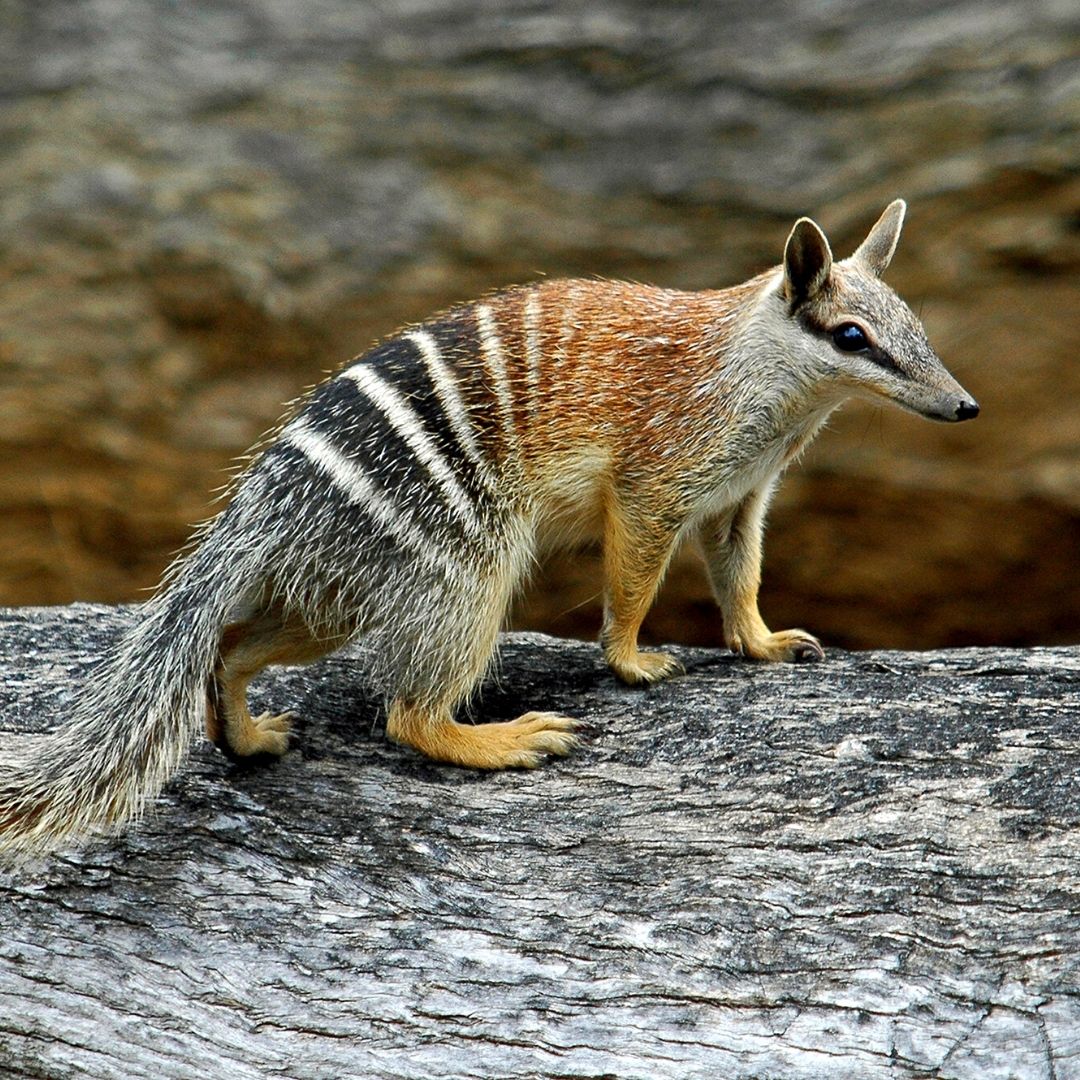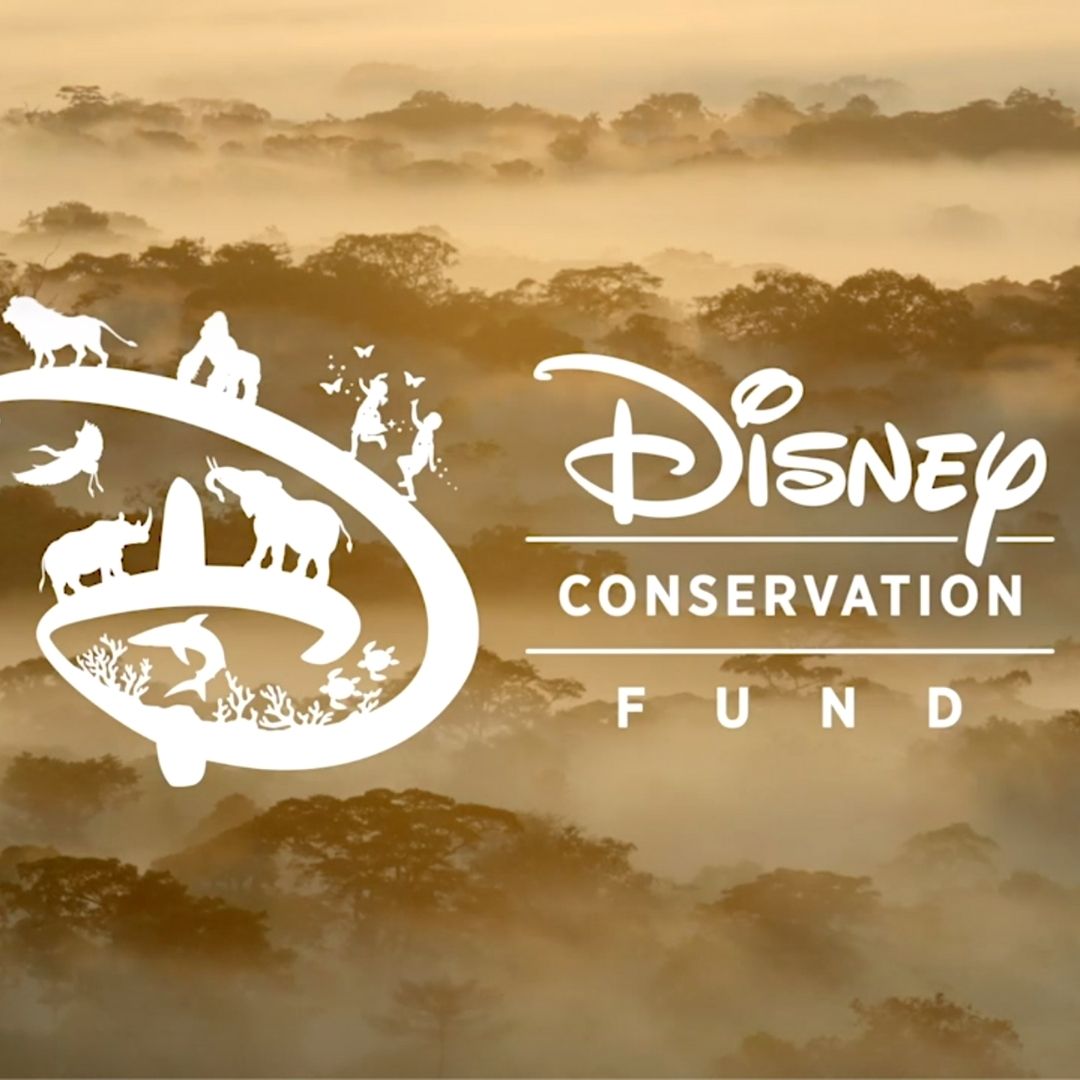The magic of Disney is coming Down Under!
Disney Awards Grant To The Australian Wildlife Conservancy!
Australia’s Red Centre, or Central Australia, is said to be the global epicentre of mammal extinctions — having experienced a loss of 20 different mammal species since European colonisation. But now, some much-loved Disney magic is offering new hope for Australia’s Red Centre.
Recently, the Australian Wildlife Conservancy (AWC) announced that a grant had been awarded to them by the Disney Conservation Fund! This generous grant will support the AWC’s Newhaven Mammal Reintroduction Program, which aims to reintroduce 11 locally-extinct species back into Central Australia. This program operates in Newhaven Wildlife Sanctuary, which is one of Australia’s largest non-government protected areas.


Which Species Will Be Reintroduced To Central Australia?
There are 11 locally-extinct species that will be reintroduced to Newhaven Wildlife Sanctuary: the nationally threatened Golden Bandicoot, Numbat, Greater Bilby, Brushtail Possum, Central Rock-rat, Western Quoll, Burrowing Bettong and Shark Bay Mouse (Alice Springs Mouse). These mammals will join the Mala, Red-tailed Phascogale and Brush-tailed Bettong, which were reintroduced to Newhaven from 2017-2021.
Newhaven Wildlife Sanctuary covers around 262,000 hectares, but the mammals will be released into a 9,450-hectare introduced feral predator-free fenced area to ensure their survival. This beautiful sanctuary is home to spectacular sand dunes, salt lakes, quartzite mountains, and around 174 species of birds — making it a popular site for birdwatchers!


What Is The Disney Conservation Fund?
When the word ‘Disney’ comes to mind, we immediately think of Disney Princesses, Mickey Mouse, and the movies that we grew up adoring! But, did you know that Disney has been supporting environmental initiatives since 1995?
The Disney Conservation Fund has committed more than $120 million to support nonprofit organisations that engage with communities to protect critical ecosystems around the world and increase populations of at-risk animals. We came across another Disney Conservation Fund grant recipient in the NT — the Karrkad Kanjdji Trust, who manage and protect Arnhem Land from wildfires using Indigenous knowledge.
DCF’s generous grant will reintroduce and double the global populations of some endangered species.
Why Have So Many Species Disappeared From Central Australia?
So, why is Central Australia said to be the global epicentre of mammal extinctions? Since European Colonisation, the area has lost around 20 mammal species, and there are some that the AWC are currently working hard to protect — like the Black-footed Rock-wallaby, the Brush-tailed Mulgara, and the Great Desert Skink.
Sadly, the disappearance of these mammal species has largely been due to introduced predators, like feral cats and red foxes. In good news, the AWC has plans to expand the 9,450ha feral predator-free safe-haven to protect a massive 100,000ha.
Ultimately this area will become the biggest feral cat and fox-free area in the world.
By protecting existing and reintroduced species from predation, and other threats like wildfires, these once-common mammals will have the opportunity to thrive in Australia’s Red Centre!
If you’d like to learn more about Newhaven Wildlife Sanctuary and its amazing rewilding initiative, please head to the Australian Wildlife Conservancy’s website. We can’t wait to see the success of this mammal reintroduction program, thanks to the Disney Conservation Fund!
If you love hearing about Aussie rewilding initiatives as much as we do, check out our Eco News category and the blogs below.
Rewilding SA’s Yorke Peninsula With Locally-Extinct Species
Seahorse Recovery Program Releases 140 Seahorses Into Sydney Harbour’s ‘SeaBnBs’
Aussie Conservation Group Announces Bold Plan To ‘Save The Koala With Kisses!’



